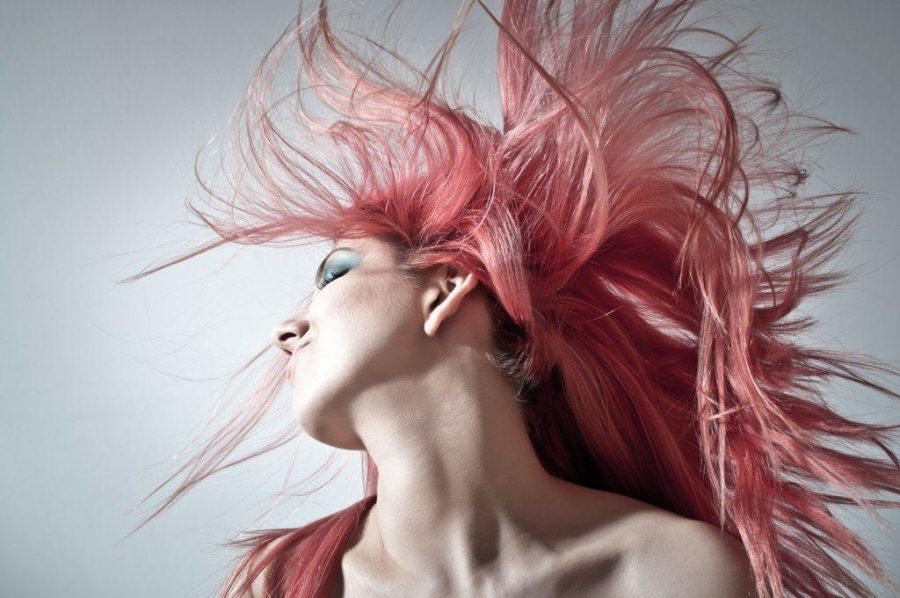How we speak, what we wear, even our hair color and style can help define who we are. Should we assume an identity crisis if a change in hair colors and style do occur? A few weeks ago I found out that people have a lot of interpretations for those who try different things with their hair. Many people believe cutting your hair or putting non-traditional colors in it — blue, purple, pink, green — shows a loss of identity or the search for a new one.
What if hair color is less about identity loss and more about trying a new style? Sometimes we decide to branch out and wear a shirt that differs from our typical style, but no one looks at us as if we have lost our identity for doing so. Changing styles could also be refreshing and add some spunk to life when it feels like it’s becoming mundane. Maybe we can look at changing our hair the same way, a simple change of style.
Your hairstyle is an extremely personal choice, yet publicly open for scrutiny. To deal with this, society comes up with different schemas to classify people according to immediate, easily accessed information. Though a heuristic, it is often quite useful to organize people by their hair including the color, style and length. However, it makes a person wonder about the accuracy of judgments.
In a TODAY article by Chris Serico called, “What does your hair say about you? The message your style is sending,” he considers some of the different schemas that come with different types of hairstyles. Serico interviewed hairstylists to find out the 411 on style messages. First, Serico mentions that straight hair rather than curly hair is more likely to be taken seriously. Perhaps this could be a better choice for style in the business world. Serico also mentions that women in higher career positions have shoulder length or short hair. Apparently, short hair is more business friendly and serious looking than long locks. He also mentions that short hair is associated with confidence and fitness. Though for a sexier and more fun look, long locks rule the day.
Serico brings up a good point that these rules and differences also vary among genders. What women and men see as attractive, serious, sexy, etc. may differ. So how are we supposed to please everyone with what they believe about our hair style, length and color? We can’t. Luckily, more people are doing different things to their hair, so change is becoming normalized, possibly allowing us a future of freedom without serious judgment when it comes to hairstyles.
It doesn’t seem as big of a deal to keep changing your hair color from brown, to blonde, to red, but anything more drastic and people have a harder time dealing with the change. However, knowing that people have become okay with a change in basic hair colors could possibly show that people are opening up to new ways of coloring and styling hair too.
I believe that non-traditional colors and some haircuts are just similar to the bob in the 1960s. The hairstyle was first seen as rebellious but then become a trend that spread like wildfire. Bobs are now widely accepted and not seen as rebellious. Over time we become open to new things. Non-traditional colored hair is on its way to being accepted thanks to its growing popularity.
Even if changing your hair can signify a change in identity for a specific individual, I want to know why that is considered a bad thing. Often times we need to find outlets to cope with stress or life changes, and if that alteration is hair color or style, so be it. This form of coping is much healthier than some of the other ways people choose to harm or degrade their bodies. So, I propose we create and accept diversity by changing, playing, and exploring with hairstyles. The next time you want to do something to your hair just think, “Wild hair, don’t care!”
@TheChrony












